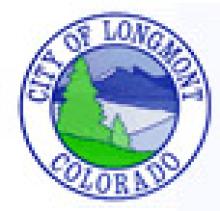More History on Longmont Fiber Ring in Colorado
The Longmont Times-Call continues its coverage of the community network struggles of a Colorado community. This story has a lot of the history behind how Longmont developed a fiber ring and how they have used it even as they are prohibited from expanding it.
Longmont is not alone in working for upwards of a decade to bring better broadband to the community that actually meets local needs rather than maximizing profits. Other communities have also spent ten, fifteen, or even long with on-gain, off-again plans to build a publicly owned network. This reality provides a handy refutation of state preemptions based on the logic that communities will act too quickly in not considering their plan for a network. Communities take years in researching, planning, and developing networks.
In Longmont, the first public fiber investment came in 1996 and was expanded shortly thereafter by the Platte River Power Authority. The city moved more than 40 facilities to a gigabit network, leaving T1s to communities that prefer to vastly overpay for their telecommunications needs.
They worked with a private company, Adesta, to expand the network to residents and businesses but the company filed for bankruptcy in the following year. The arrangement certainly had its upside though - Qwest and Comcast mysteriously decided to start offering broadband in Longmont shortly after the Adesta agreement. This happens almost every time a community invests in infrastructure -- it leads to increased investment from incumbents.
They quote a techie from the Longmont Hospital who explains the one of the benefits of the publicly owned fiber already in the ground:
“It’s at least a three times reduction in cost,” Niemann said of leasing fiber from the city, versus contracting with a commercial provider. “And oftentimes, if you go with a commercial provider, you have construction costs.”The city would like to expand the network, both to bring competition to the DSL/cable duopoly, and to invest in smart grid applications for its public power utility. Unfortunately, they have to win a referendum per Colorado's incumbent-protection law. The incumbents are more than willing to spend hundreds of thousands against any such measure, knowing they would lose far more in profits if they had to deal with competition in the community.



